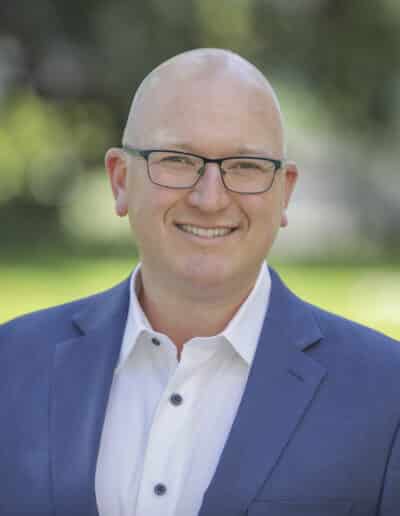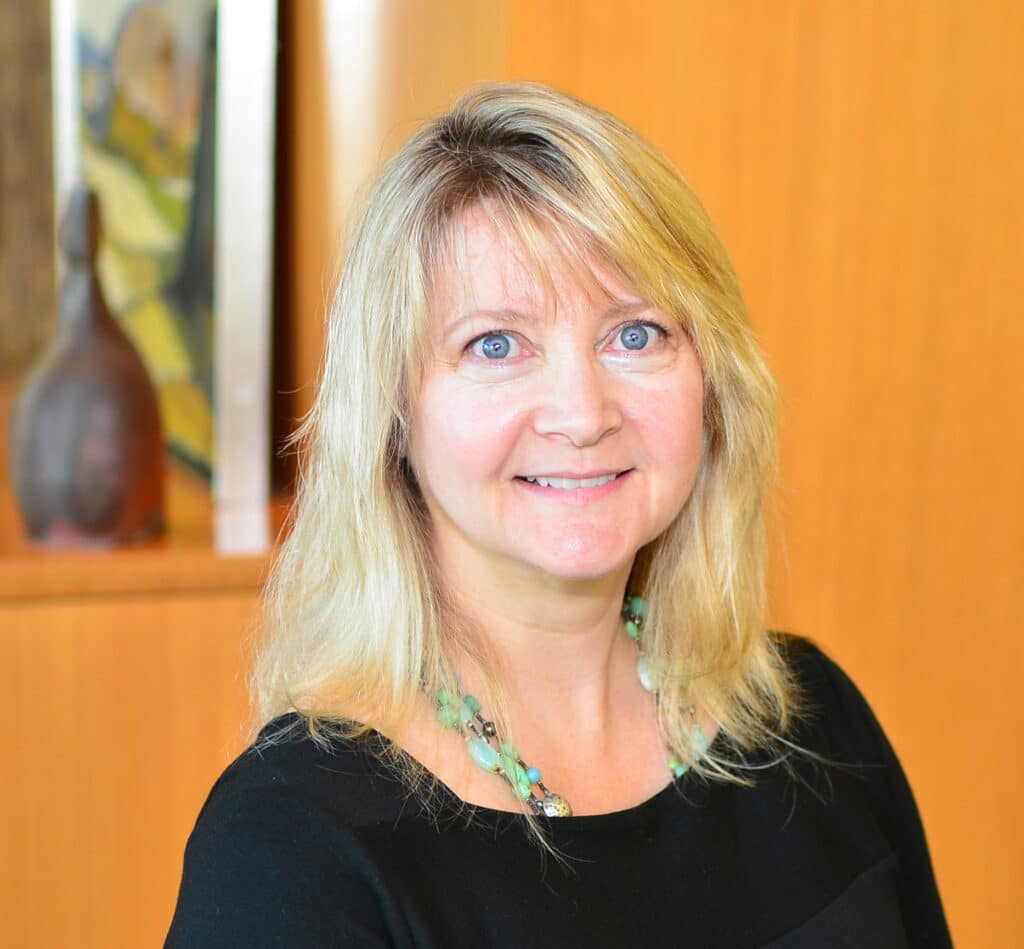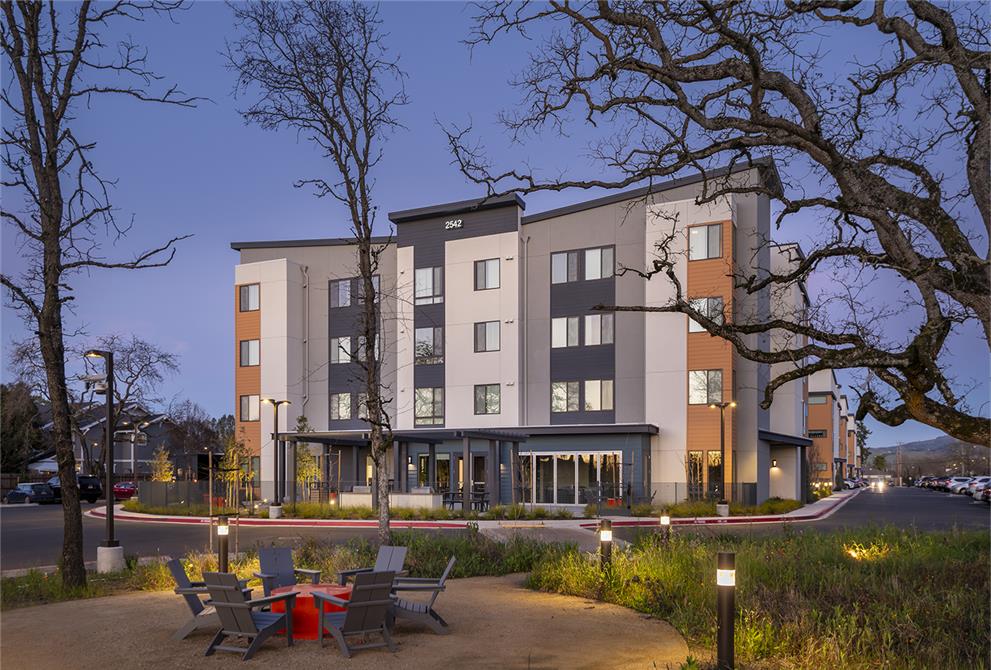As Wildfires Rage and Insurance Rates Skyrocket, California’s Affordable Housers Soldier On

By Abram Mamet
10 min read
In January 2025, wildfires tore through Southern California, destroying over 16,000 structures and causing an estimated $45 billion in insured losses.
These fires, while devastating, were unfortunately not entirely unpredictable. Across the United States, particularly in California, wildfire risk has been rising steadily for years. A 2023 study published in Nature says that California’s fire risk has increased by over 25 percent due to anthropogenic warming, science parlance for human-caused climate change. This is primarily due to what the study calls “fuel moisture,” or how dry the area is when a fire occurs.

Although January’s fires were the most catastrophic in the history of Los Angeles, no multifamily affordable housing developments were destroyed, according to Ari Beliak, president and CEO of Merritt Community Capital. Merritt is a California-focused, mission-based syndicator and investor in affordable housing.
“Sadly, many people lost their homes. This is why it’s critical to think through resilience strategies in the development phase. We’re grateful no affordable housing was destroyed,” he says.
This certainly represents some luck but also stands as a testament to the resilience strategies practiced by the state’s affordable housing practitioners. Those resilience strategies will only become more necessary as wildfire risks continue to rise in tandem with California’s omnipresent need for affordable housing.
‘Local Knowledge Matters’
Successfully navigating California’s wildfire risks as a developer first requires an understanding of the state itself and the complexity that its sheer size represents. “California is not really one state,” says Beliak. “I describe it as four states,” referring to the following regions: Southern California, with the large urban centers of Los Angeles, Orange County, and San Diego; the Bay Area; the Central Valley and Coast with a mix of urban and agricultural areas; and Northern California, which is predominantly rural.
“Some parts of the state have much higher wildfire risk, and some have much lower risk.” There is even variation within regions. Beliak points to Los Angeles, for instance, where certain areas have a significantly higher risk than other parts.
Additionally, those risks can shift as landscapes change, and urban centers expand deeper into formerly rural areas. In California, such risks can generally be assessed via the state’s Wildland-Urban Interface (WUI) maps, which dictate the areas where homes must be built with enhanced fire safety practices.
WUI designation is based on a set of factors determining the most significant risk for fires. According to 2022 research from the University of California, from 2012 to 2022, every one of California’s deadliest fires—and all but one of the state’s most destructive fires—initially ignited within WUI-designated areas.
This designation has risen in recent years, with the overall WUI area and its homes growing. According to one study in Nature from February 2025, between 1990 and 2022, WUI areas in California grew in size by about 20 percent (from 23,772 to 27,756 km2), while the overall WUI housing units grew by 40 percent (from 3.6 to 5.1 million).
WUI concentration has been particularly acute in some parts of the state. For example, according to a recent CBS News study, one Sacramento neighborhood, Elk Grove, had only 85 WUI-designated homes in 1990; by 2020, that number had ballooned to nearly 10,000.
While paying attention to official guidance is important, Beliak stresses that a deep connection and knowledge of the potential development area are critical to avoiding catastrophes down the line. For example, he points to one property that Merritt invested in, where a close understanding of the project details and local area mitigated risks to the development from potential wildfires.
When working with the developer sponsor on the deal, David Dologite, Merritt’s director of acquisitions, said, “We analyzed the project design, geography, emergency access, proximity to local fire protection services, as well as reviewed the State fire maps. In addition, the adjacent major Interstate highway provided a potential firebreak. And indeed, during construction, a fire occurred in that area. The evacuation zone stopped where projected, with the highway firebreak acting as the material barrier.”
This anecdotal case represents just one success story in what has become a sparkling portfolio. In 2020, CohnReznick’s external review of the company found that Merritt’s “portfolio performance was significantly more favorable than the industry medians.”
Perhaps the most impactful strategy Beliak suggests contributed to the company’s success is their stringent attitude towards risk. “I’m an old school banker. You can’t price that much risk into a deal.”
Beliak says that Merritt’s strategy, related to fire risk, is not variable pricing based on risk, but whether they will invest in a property in the first place. “If something’s going to burn down, it doesn’t matter if you paid 84 cents versus 86 cents.”
For Merritt, fully understanding risk comes down to commitment to partnerships and earnest research into potential investments. “Local knowledge matters,” Beliak says.
Local knowledge becomes particularly important after disaster strikes. This manifested during the 2018 Camp Fire, when the town of Paradise burned down. Merritt was the investor in Paradise’s only affordable housing project, called the Paradise Community Village. “We got a crash course in learning just how bad things could be,” Beliak states.
Despite the devastation, Merritt worked with its local partner, the Community Housing Improvement Program (CHIP), to drive a rebuild effort that saw the property reopen in 2021. “The need in Paradise was tremendous before the fire,” says Beliak. “It only got accentuated after the fire.”
Beliak says that the 36-unit complex was rebuilt using insurance proceeds, FEMA funding, and local foundations that stepped in to support the project.

‘Doing A Lot with A Little’
For Lauri Moffet-Fehlberg, navigating California’s fire risks means taking informed and decisive action about building design. As senior vice president of architecture at DAHLIN—a California-based architecture and design firm specializing in affordable housing projects—Moffet-Fehlberg says that several specific design choices can do much to mitigate the challenges associated with wildfire risk.
First, Moffet-Fehlberg points to the actual land used on a project. “The site layout is the first line of defense,” she says. Moffet-Fehlberg says this was considered when DAHLIN was working on Stony Oaks, a 142-unit property developed by Meta Housing Corporation in wildfire-ravaged Santa Rosa. Stony Oaks sat on a “very long, linear site,” says Moffet-Fehlberg. “Rather than pushing the building around to the outside, we actually used the parking and fire access all the way around the building, which gives the building a little bit of a buffer zone.”
Second, Moffet-Fehlberg stresses that building materials are of the utmost importance. These days, Moffet-Fehlberg says that “the buildings that we work on are predominantly stucco.” Beyond being very cost-effective relative to other materials like concrete, wood, and steel, the design team can “do a lot in terms of form, color blocking, and great line work on the buildings.” In addition, DAHLIN employs some kind of “cementitious product, whether it’s a panel or a lap siding or something else.”

Photo Credit: DAHLIN Architecture | Planning | Interiors
Though affordable housing is resource-restricted, conforming often to the smallest budget possible to maximize the number of homes, Moffet-Fehlberg says that DAHLIN’s approach is never to let this get in the way of quality housing. “We feel very strongly that it’s our responsibility to do great design with the budgets, because we are stewards of the public trust for the money that’s going into these projects. And we feel that culturally, at DAHLIN, that’s very important. And so those materials really make a big difference.”
“We do a lot with a little,” she says.
Moffet-Fehlberg says Stony Oaks was about 85 percent stucco, with the rest of the exterior being cementitious paneling – an ideal balance of what she calls “beautiful yet cost-effective building materials.” Stony Oaks officially opened for residents in 2024 and received a 2024 “Gold Nugget” award from the Pacific Coast Builders Conference for Best Affordable Housing Community.
Advertisement
Navigating Insurance Increases — Natural Disasters’ Lasting Pain Point
For many developers, challenges can continue to mount even after the last ember has smoldered. Chief among these lasting pain points is property insurance, which may rise for years following a fire as adjusters attempt to recalibrate new risk realities. These insurance increases can hit affordable developers particularly hard. “We’re very sensitive to the fact that our affordable housing clients can’t budget for a 200 percent increase in fire insurance,” says Moffet-Fehlberg.
To assist her developer partners in addressing these increases, Moffet-Fehlberg states that DAHLIN has recently started to focus on building materials and the advantage that wildfire risk-averse components can provide during insurance negotiations. Moffet-Fehlberg points to one “eight-story project in downtown Mountain View that is pivoting from the typical five stories of wood over three stories of concrete to a light-gauge building. That pulls wood out of it entirely.”
While she says the team is uncertain of the exact reduction in fire insurance, she thinks this alternative is an exciting model for future building. “We’re looking at that and seeing if there’s something we can do in the baseline selection of the structural system that would allow our clients to go back to their insurance brokers and say, ‘here’s the steps we’ve taken to reduce our risk. What’s the commensurate reduction in the fire insurance policy that we would get with this?’”
Still, Moffet-Fehlberg says that this requires a careful cost-basis analysis. “Anything outside the standard wood-based construction gets more expensive. So, from there, it’s an analysis of the building’s lifetime of savings against projected insurance increases vs. finding funding to pay for the additional upfront construction cost.”
Merritt, whose work as a syndicator requires understanding long-term costs on a property, has a relatively straightforward approach to underwriting future insurance costs. “We go through a regular process of updating our standards, and then we stick to those standards,” says Beliak. “We also make sure that the property can support the insurance today with a buffer in terms of supporting the insurance costs in the future.”
In particularly fire-prone areas with potentially challenging insurance environments, Beliak says Merritt and their developer partners have created reserves to hedge against risks of wild insurance fluctuation. “For example, when Paradise burned down and we rebuilt that property with our partner, CHIP, we created an almost half-million-dollar reserve to pay for insurance.” CHIP has had to dip into the reserve once, but it is expected to be more than sufficient through the compliance period. “We needed to make sure there was money to fund these expenses.”
Beyond individual properties, Beliak says that Merritt’s other major strategy for mitigating insurance costs is by looking at potential developer partners’ entire portfolios. This can often predict how costly an individual project’s insurance will be, or if it can even get insured at all. “If you’re a single operator, and all your properties are in fire-prone areas, you’ll have a harder time getting insurance. But if you are a large developer with hundreds of properties, and you’re buying insurance on a portfolio basis, it will be easier,” he says.

